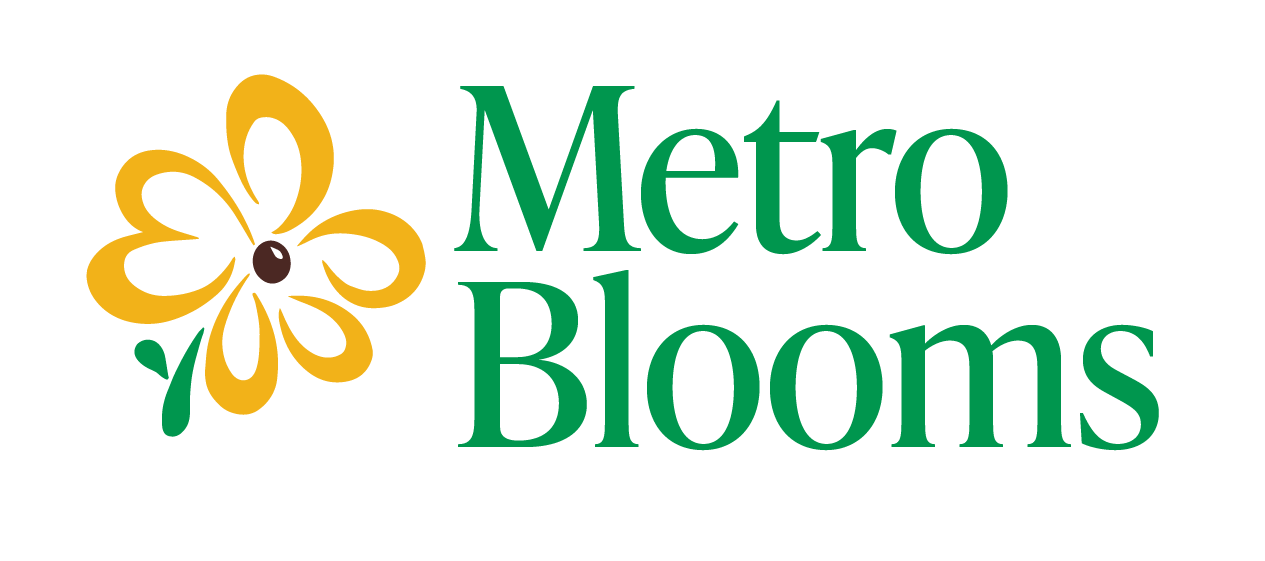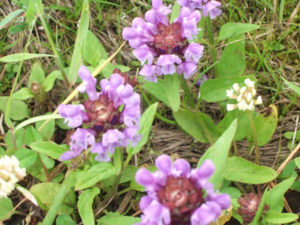We are a lawn-abiding citizenry. Dutifully we water, fertilize, and mow, and for our efforts we are rewarded with a lush, well-manicured carpet of grass – the thicker and more uniformly green, the better. But how “green” is our grass, really?
Consider the following:
• The EPA estimates that landscape irrigation nationwide accounts for almost 9 billion gallons of water use daily.
• Here in the Twin Cities, lawn fertilizers are a major of nitrogen pollution in our urban watershed, according to a 2017 University of Minnesota study.
• An EPA study found that gasoline-powered lawn and garden equipment emitted 26.7 million tons of pollutants in 2011.
The environmental cost of picture-perfect grass is worrisome. Further, maintaining our lawns has become increasingly more challenging, given the unpredictable weather patterns – bringing extreme heat, flooding, and drought – that we have come to expect in recent years.
Lawns are not necessarily bad. They bring people outdoors and encourage social interaction. They prevent erosion. They offset the heat that builds up in urban areas. They feel good to our bare feet. And they are attractive; well-kept grass pulls together other features in your yard. But people often take their lawns for granted. A lawn is like a haircut. If it serves you well, you might go several years doing the same thing over and over. You may even spend a fair amount of time and money maintaining a look that may no longer be sustainable.
Re-thinking lawns is a great challenge. People have come to expect a certain look, and of course to have a place for activities such as children playing outside.
Resilient Lawns
More and more, though, we are viewing our lawns through a more sustainable lens. At Metro Blooms, we have some suggestions for turf alternatives to traditional lawns. The idea is to instill resilience in your lawn, making it less dependent on water, chemicals and mowing, and better able to handle our changeable weather.
If you don’t want to veer off the path of traditional lawns, simply choosing grass turf that needs less maintenance is a step in the right direction. For this, consider using fescues, a family of hardy grasses that are more drought-tolerant. This approach works well for lawns that experience moderate foot traffic.
At the opposite extreme, you could forego grass turf altogether and install a perennial ground cover of low-growing flowers (such as strawberries and sweet violets) and grasses. This grows taller than traditional lawns and would not work in areas where people walk a lot. Once established, though, this lawn would need to be cut back only once or twice a year.
Bee-Friend Your Lawn
There is a lot of buzz about bee-friendly lawns. Traditional lawns don’t attract bees and other pollinators because they are mowed before the grass has a chance to flower. Bee-friendly lawns incorporate flowering plants into the turf grass. They can also sustain foot traffic, though they don’t have the uniform look of traditional lawns.
If your existing grass has narrow blades and grows slowly, you can over-seed the lawn, according to James Wolfin, a UMN graduate student in entomology who studies bee-friendly lawns. White clover and self-heal are examples of flowers that work well in bee lawns. In particular, Wolfin describes white clover as the “poster child” of bee lawns. Even though it is a non-native species, it does a great job of attracting native insects, it is very mow-able, and it provides nitrogen to the grass, decreasing the need for fertilizers.
Wolfin is amazed at the great public interest in bee lawns and has spent a fair amount of time thinking about why. He sees more people starting to view their own individual yards as connected to a larger whole. “If they can support biodiversity in their own yards, it’s their way of supporting their local ecosystem,” he says.
———————————————
For more information on choosing turf alternatives, do-it-yourself guides, and finding help to install them, check our Blue Thumb site: blue-thumb.org/turfalternatives

